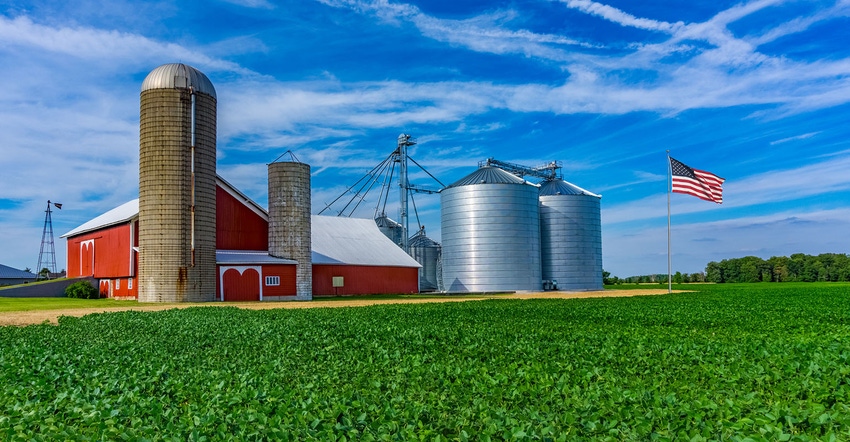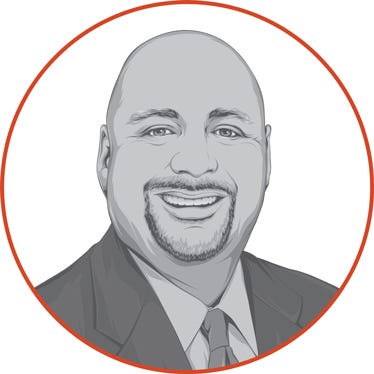
If you’re leading a farm operation, you’ve probably recognized that the people on your farm tend to catch more of what you do than what you say. What I mean by that is: because more is caught than taught, what leaders do (and don’t do) in terms of their day-to-day behavior on the farm makes a big difference.
Everyone in the operation watches the farm’s leader to find out a number of things – such as what’s valued, what they should be focusing on, how they should act, how they should talk to one another, and so on. The leader truly sets the tone for the culture of the farm.
That’s why I believe leadership typically comes with more responsibilities, but fewer rights – because leaders can’t just do whatever they want. They always have to think carefully about what they say and do because everyone else’s eyes are on them!
Where we’re going
Every single person on the farm leads at some level, no matter what their role is. Whether they are a member of the leadership team, a part-time seasonal employee, or primarily in charge of raising the kids day to day, there are certain ways that each person is leading. Every one of us needs to be aware of the ways that we are leading – and work to reflect on and develop our leadership capabilities.
For the farm leader or leaders, it’s especially important to be aware of the unique responsibility that they have to set the direction of the operation. When I say that, I’m thinking of how the leader must “zoom out” to look at the big picture and think about the future of the farm.
The leader must consider and be able to communicate to everyone else on the farm where they are headed as an operation. While it’s good to have input and feedback from other stakeholders on the farm about this – think business partners, spouse, next generation leader, key employees – this is one responsibility where the buck stops with the leader.
Think these through
Here are a couple things to think about as you consider where your operation is headed and how to best communicate that direction with others.
Big farm goals. What are the biggest long-term goals that you have for your operation? Maybe that involves reaching certain metrics, adding efficiencies or bringing in a member of the next generation. Maybe it’s growing the farm – whether that’s in terms of adding acres or a side business. Everyone in the operation needs to know how the future goals add up to a picture of where the farm is headed in the future.
How they contribute. Once everyone on the farm is aware of the future direction and goals that need to be achieved in order to get there, then they need to know how they can contribute – within their own roles – to help the farm reach success. This is where you help them connect what they do every day to a successful future for the farm.
Get the word out. Some farm leaders might have a vision in their mind of where the farm is headed, but that vision hasn’t been communicated to the other people involved in the operation. There’s more power in getting everyone on the farm pulling on the rope together. Make sure each family member or employee understands the future direction clearly and how they will know whether the operation is moving forward.
Another key role of the farm leader in running their business is marketing the crop – creating marketing plans and making decisions. Our market advisors partner with farmers to provide advice and peace of mind around marketing. Get in touch or find a free two week trial of our marketing information service (including daily video and audio market updates) at www.waterstreetconsulting.com.
The opinions of the author are not necessarily those of Farm Futures or Farm Progress
About the Author(s)
You May Also Like






